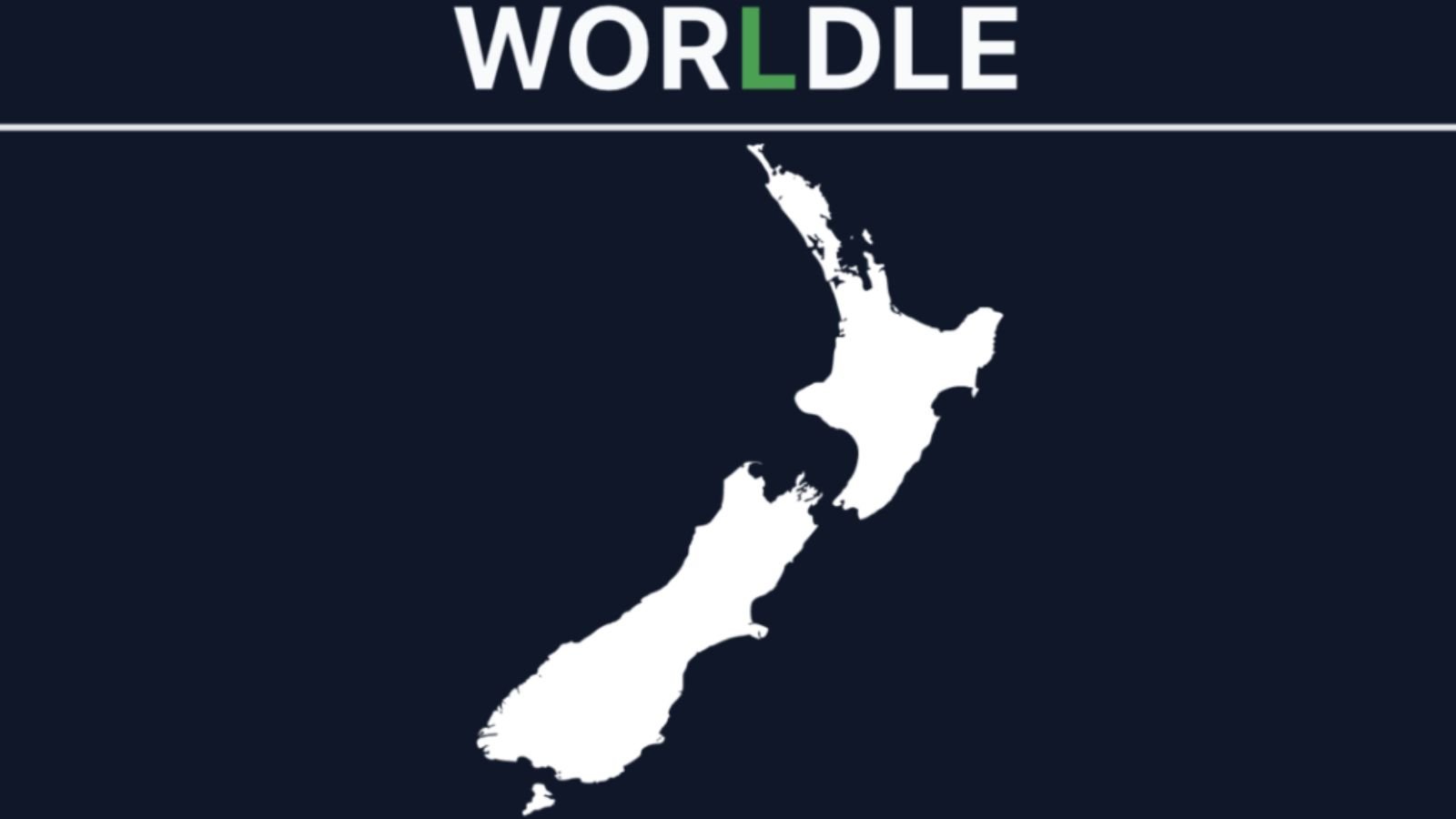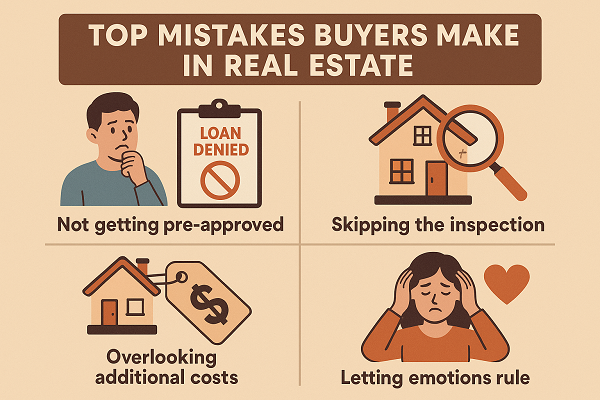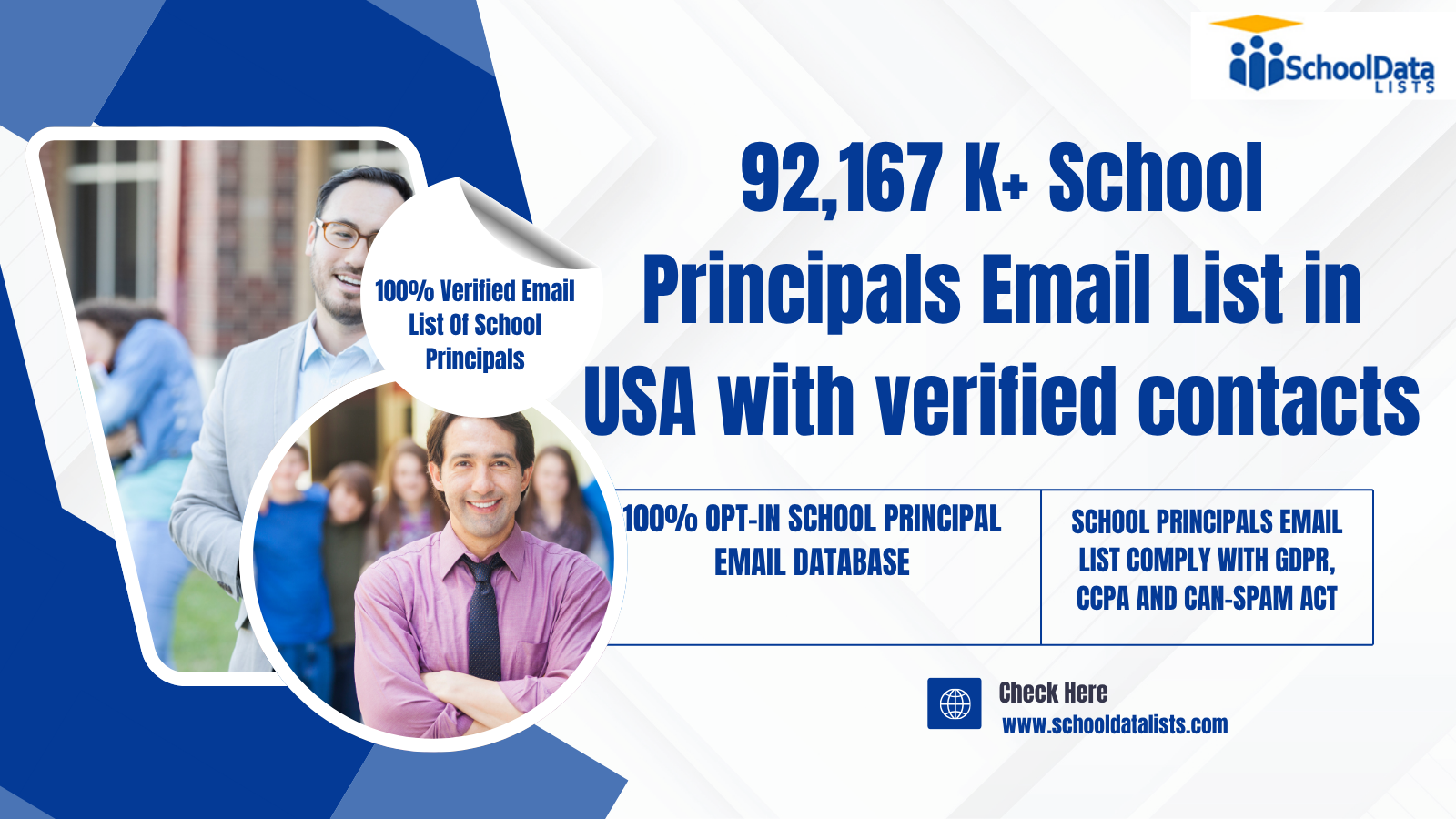Introduction
What if you could turn your global curiosity into a fun, brain-tickling challenge every morning? That’s exactly what Worldle, the popular map guessing game, offers. It’s a geography twist on the viral word-guessing craze that captured everyone’s attention. But instead of decoding letters, you’re deciphering the shape of countries. Sound simple? Not quite—but that’s part of the charm.
As a game developer, I find Worldle fascinating not just as a player, but as a creator. It’s a masterclass in minimal design with maximum engagement. There’s no fluff—just one silhouette, six guesses, and cleverly delivered feedback. Whether you’re a geography buff or someone who just enjoys a daily mental stretch, Worldle slides perfectly into your routine.
What is Worldle Map Guessing Game
Worldle is a browser-based geography puzzle where players guess a country or territory based solely on its silhouette. Each day, you’re shown the outline of a country, and you have six attempts to name it. But there’s a twist—you’re not just guessing randomly. After each try, Worldle gives you helpful hints: the direction and distance between your guess and the correct answer.
From a development standpoint, this mechanic is deceptively simple yet incredibly effective. The use of spatial feedback (direction + distance) transforms a single visual prompt into an iterative learning experience. That’s smart design. It respects the player’s time while encouraging thoughtful trial and error.
Created by French developer @teuteuf, Worldle is a playful spin-off of Wordle, swapping out letters for land masses. The game draws from a database of 197 official countries and various territories, ensuring a broad—and sometimes unexpected—range of answers. And no, it’s not a typo. The extra “L” in Worldle is intentional, nodding to its Wordle-inspired roots.
How To Play Worldle Map Guessing Game
Despite how niche it might sound, Worldle is incredibly approachable. Here’s how it works:
- Visit the Website: Head to worldle.cc.
- Look at the Silhouette: You’ll see the black-and-white outline of a country or territory.
- Make Your First Guess: Type in any country name.
- Review the Clues:
- Distance: How far your guess is from the target.
- Direction: An arrow pointing toward the correct location.
- Percentage: How close your guess is in terms of accuracy.
- Keep Guessing: You have six chances total, each one giving you more information.
What’s elegant here—as someone who thinks deeply about UI/UX—is how the clues act like soft guidance rather than hard corrections. They nudge rather than penalize, which makes the learning process both intuitive and enjoyable.
Tips & Tricks for Winning At Worldle Map Guessing Game
Want to level up your Worldle game? Here are a few strategies I personally use—and also appreciate from a design perspective:
- Start Broad: Use a well-known, centrally located country for your first guess. France or Egypt are great options because they’re relatively close to a lot of others.
- Follow the Arrows: That directional arrow is your best friend. It’s visual feedback that doesn’t interrupt flow—game design gold.
- Use the Distance Metric: Think like a map. If your guess is 3,000 km off, use spatial logic to triangulate.
- Train Your Eye: Some countries are unmistakable (Italy’s boot shape comes to mind). Others? Not so much. The more you play, the more pattern recognition kicks in.
- Play Daily: There’s a reason daily challenges are a staple in mobile and web games—they build habit and skill. Worldle leverages this well.
Benefits Of Playing Worldle Map Guessing Game
As both a player and developer, I admire games that do more than entertain. Worldle does exactly that.
- Boosts Geographic Literacy: After a few weeks, you’ll start recognizing the silhouettes of countries you barely knew existed.
- Strengthens Spatial Thinking: Understanding direction, distance, and proximity gives your brain a real workout.
- Encourages Curiosity: Miss a guess? You’ll probably look it up—and that’s intentional. The game naturally invites exploration.
- Builds Micro-Routines: A daily brain teaser like this becomes a mindful ritual. You don’t need flashy graphics or leveling systems to create engagement—just a clear, rewarding challenge loop.
- Respectful of Player Time: As a developer, I can’t emphasize this enough: Worldle delivers a meaningful interaction in just a few minutes. That’s hard to achieve and even harder to sustain.
Different Variations Of Worldle Map Guessing Game
When a game hits the sweet spot between accessibility and challenge, variations are inevitable—and welcomed. Here are a few you should check out:
- Worldle Unlimited: Play as much as you want. A good example of how community-driven demand can inspire spin-offs.
- Globle: Uses color-coded heatmaps rather than silhouettes. Great for visual learners.
- GeoGuessr: Drops you in a real-world Street View and asks you to guess your location. As a dev, I love how this game turns passive observation into active deduction.
- Flagle: Think Worldle, but with national flags. Fun, colorful, and great for trivia buffs.
Each variation uses the same core appeal—geography as a puzzle—but tweaks the formula to keep things fresh. That’s design evolution in action.
Why Worldle Game Is The Perfect Game For All Ages
One of the smartest things about Worldle is its universal appeal. You don’t need a controller, download, or even prior experience. That’s rare.
- Kids are naturally curious and will enjoy the shape-matching aspect.
- Teens appreciate the competitive edge and shareability.
- Adults love the brain boost and educational twist.
- Seniors benefit from the cognitive stimulation and low-stress format.
From a developer’s perspective, Worldle nails a near-perfect difficulty curve—it’s just challenging enough to keep you engaged, but never frustrating. That’s the sweet spot for lifelong playability.
FAQs – Map Guessing Game
Q: Do I need to download anything to play Worldle?
Nope! It’s browser-based and mobile-friendly. Super clean and accessible—exactly how a casual game should be.
Q: What if I guess something that’s not a country?
Only official countries and territories are accepted. It helps keep the dataset consistent and the challenge fair.
Q: Is there a multiplayer version?
Not officially, but the daily challenge format lends itself to friendly competition. Many players share screenshots with friends or try to beat each other’s guess counts.
Q: Can I access past puzzles?
The original site doesn’t store previous challenges, but some fan-made versions do. Another example of community creativity extending a game’s life cycle.
Q: Is this useful in classrooms?
Absolutely. I’ve seen educators use Worldle as a fun warm-up activity—it’s quick, informative, and sparks meaningful discussions.
Conclusion
Worldle is more than just a clever wordplay pun—it’s a beautifully crafted map guessing game that turns geography into a daily adventure. As a game developer, I admire how it achieves so much with so little. There are no flashy graphics or deep storylines—just a brilliant core mechanic, elegant feedback, and an invitation to learn.
Whether you’re challenging yourself solo or playfully competing with others, Worldle offers a fresh reminder of how games can be simple, smart, and deeply satisfying. Ready to take the map for a spin?












Leave a Reply